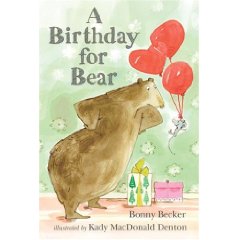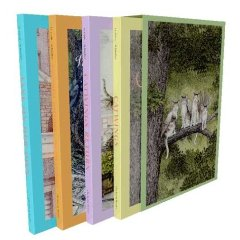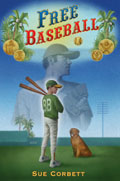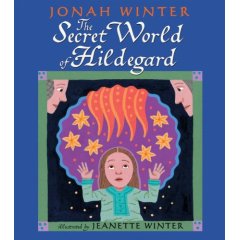 No, I will not be participating in National Novel Writing Month this year. I'm a two-time NaNoWriMo loser, in fact, but I'm grateful for what the experience taught me about myself as a writer. It was this passage from a speech by Jane Yolen (quoted in an interview with Yolen at Seven Impossible Things Before Breakfast, 8/20/08) that reconciled me to it, though:
No, I will not be participating in National Novel Writing Month this year. I'm a two-time NaNoWriMo loser, in fact, but I'm grateful for what the experience taught me about myself as a writer. It was this passage from a speech by Jane Yolen (quoted in an interview with Yolen at Seven Impossible Things Before Breakfast, 8/20/08) that reconciled me to it, though:
Now, there are two kinds of writers in the world [writes Jane], and they were described for me by my friend Susan Schwartz. "I," she said, "am a mad monk, going up a rock face with a rather large chisel and carving out great swaths of story. But you are a gem polisher. You take a small, wonderful gem of a tale and polish it till it shines."
I'm the first to admit that I'm no Jane Yolen (ni mucho menos), and I'm not entirely sure whether this passage is speaking to process or product, but if gem-polishing works for her (and she's incredibly prolific, too) then maybe I can make it work for me.
Even though I'm not participating, I want to cheer on the "mad monks" among us who are. Who are you? And what's your novel about?












